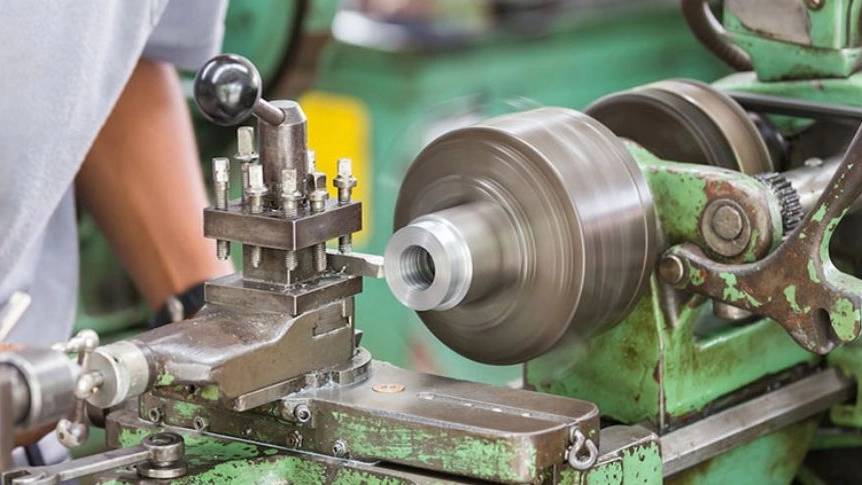Types of lathes are often designed for turning and shaping metal and wood parts. Depending on the purpose and application, lathes are made in different shapes and sizes and have different types. But they all work with an almost similar mechanism; To turn and shape the parts, it is necessary to generate power for the rotary movement of the main axis.
Types of lathes are suitable for creating rotating volumes such as cylinders and cones, as well as for turning all kinds of parts and bolts. To cover all types of operations related to turning, a variety of turning machines have been produced in 6 main models. In this article, we have introduced these models. Stay with us.
Application of lathe machine
As the name of the lathe suggests, its main task is turning, shaping, resizing and polishing different parts. These parts are usually made of metal and wood. By adjusting the speed and power of the grater in the lathe, you can shape the parts. These forms are usually in the form of rotating volumes such as cylinders and cones. By mounting external and spare parts on the lathe, its scope of activity can be expanded and its options added. For example, adding a special type of drill to a lathe will add the ability to drill metal parts to this machine.
Introducing all kinds of turning machines
As mentioned, the types of lathes are divided into six main types according to their application. In this section, we will examine each of these six types separately. The models we review are as follows:

Machine tools
As can be seen from the name of this model, the task of the tool lathe is to cut all kinds of parts, tools, screws, templates, etc. for different production units and factories. For this purpose, the tooling turning machine must have high precision. This machine must have different speeds and accurate braking for disconnecting and connecting and speed control. Because he must be able to cut all kinds of parts in different dimensions (even the smallest ones) correctly and accurately so that there is no problem for the production units. There are two kinds of tabletop and stand-up lathes available in the market.
Normal turning machine
Conventional turning machine is not designed for a specific and unique type of turning; Rather, it is made for a wide range of activities around turning parts. Therefore, these devices are made in large and heavy dimensions and have a wide speed range so that they can perform the turning of any type of part correctly. This machine has higher durability and strength than other types.
Chopper
Bird lathes are made in small sizes and in two forms, stand or desktop. Due to its small size and volume, these lathes are used for cutting small and not so complex parts. Also, a lathe with a bird's eye is used for turning training. Due to its small and simple type, this model of lathe has a better price than other types.
Forehead
For cutting parts that have a large diameter and a small length, a frontal lathe is used. For this reason, this name has been chosen for them. This type of turning machines are used in making locomotive wheels and anchor wheels.
A high -performance diameter machine
This type of lathe is used for turning high diameter and high height parts. The length of the main axis of this machine is very high so that it can cut high height parts. The movement of this lathe is not very high; In fact, there is no need to design a high-speed machine for turning large parts. Instead, their strength and power are high, and with each movement, they remove more chips from the surface of the piece.
Vertical lathe machine
Vertical lathe machine is suitable for turning large and heavy parts and as its name suggests, they are placed vertically and the main axis and pen holder also move in this direction. A vertical lathe is also used for drilling metal parts. Due to the heavyness of this device, it is usually not designed at high speeds.
Factors Affecting the Speed of Car Red
work differently. Various factors play a role in determining the speed of the lathe. In this section, we will introduce these factors.
Material of the piece: The harder the material of the work piece, the more difficult it is to chip, and a lower speed should be chosen.
Material of the tool: The harder the material of the cutting tool, it means more power to maintain balance and the machine can be adjusted for high speeds. More, we need to set a lower speed for the machine.
Tool life: In order to be able to set the machine at a high speed, we need to make sure that the tool life is high. Tool life is the length of time a sharpened file can be used before it is dulled again.
In general, cutting smaller parts with higher complexity that require high precision, you should choose a lathe that can be adjusted to higher speeds.

